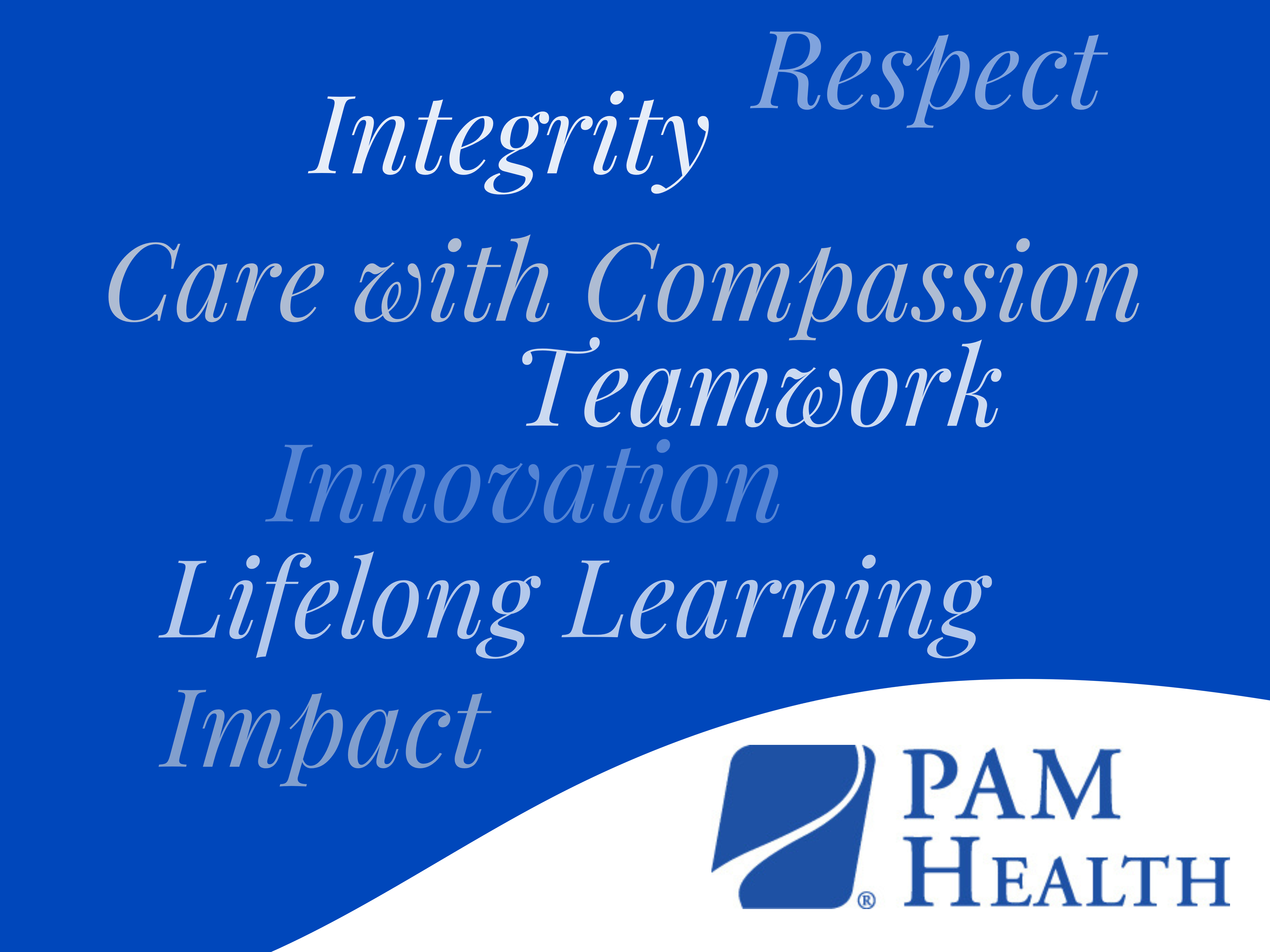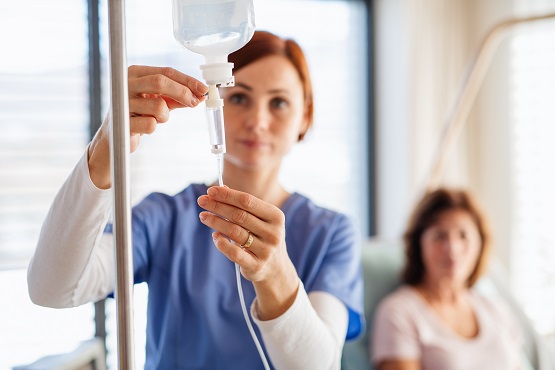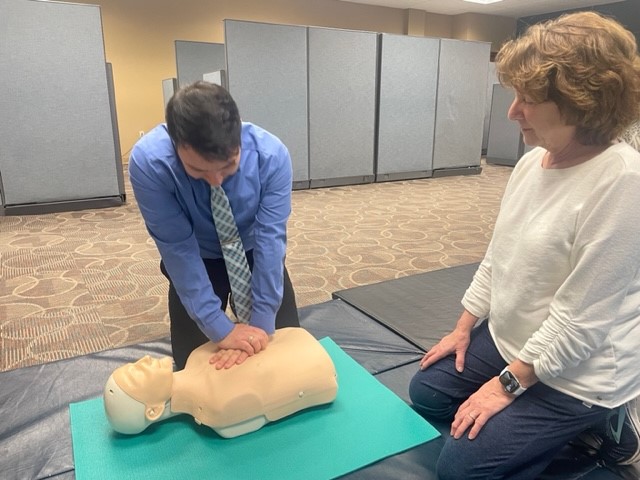Every day, at hospitals and healthcare facilities around the country, Licensed Practical Nurses (LPNs)/Licensed Vocational Nurses (LVNs) care for patients who are sick, injured, convalescent, or disabled. The major difference between LPN and LVN is the name and the geographical location. In all states, except for California and Texas, the position is called licensed practical nurse. In California and Texas, the state nurse licensing board refers to the position as a licensed vocational nurse. However, LPNs and LVNs perform essentially the same duties in all states.
Most people know that there are entire teams of medical professionals involved in the care of their loved ones, whether it’s in a hospital or another healthcare facility. Doctors, Registered Nurses (RNs), Physical and Occupational Therapists, Social Workers, and LPNs/LVNs are just a few members of that team.
In post-acute and long-term care, the core job of each team member is self-explanatory: help patients to be as healthy, safe, and comfortable as possible. However, the responsibilities of each team member vary widely. LPNs/LVNs, for instance, have more limited nursing duties than RNs and as with all nurses are guided by their state Nurse Practice Act.
LPNs/LVNs usually work under the supervision of RNs or physicians. They must have the cognitive ability to quickly and accurately: assess basic patient needs, communicate clearly and concisely with both patients and other members of the healthcare team, collaborate in the development of the plan of care to include multidisciplinary planning, discharge planning, and patient/caregiver teaching for care after discharge. They also assess the need for community-based resources to support further supportive care after discharge.
Some common duties of LPNs/LVNs include providing assistance with personal care, such as bathing or dressing, provide basic nursing care with caring for wounds, changing dressings, inserting catheters, and appropriately utilizing medical equipment, and testing devices such as blood pressure cuffs, blood glucose monitoring machines, and oxygen equipment to name a few. They also help patients safely stand up, sit down, or ambulate using an assortment of mobility devices.
They are instrumental in communicating with patients about their condition and care. They identify and accurately communicate to the healthcare team adverse patient responses to underlying disease processes and therapeutic and diagnostic measures. They are responsible for communicating and documenting assessments, medications given, vital signs, intake and output, and other important information they have gathered from caring for their patients. Sometimes invoking the famed “nurses sixth sense.”
LPNs/LVNs can dispense medicine and, depending on their state, can perform some aspects of IV therapy, but only for which they possess the knowledge, skill, and ability to perform in a safe manner under the direction and supervision of a licensed professional nurse or healthcare provider.
LPNs/LVNs have a lot to balance during a shift. The job is strenuous, on both a mental and a physical level. The hours are long and the role can be demanding. Despite this, for most nurses, caring for patients is as much a calling as it is a career. Jennifer W said “I love to help people recover from illnesses and regain their independence. The personal care I give is rewarding. I develop trusting relationships with all of my patients. The work is a challenge and I like it.”
Surprising? Maybe, but meeting the needs of patients in their care is what LPNs do best.
Do you truly know the role of a Licensed Practical Nurse (LPN)? I am here to help you understand their role better than you did before. – https://t.co/isMYWn4T1L pic.twitter.com/Ds4Fd8z6cd
— Anthony Misitano (@tonymisitano) February 21, 2018






